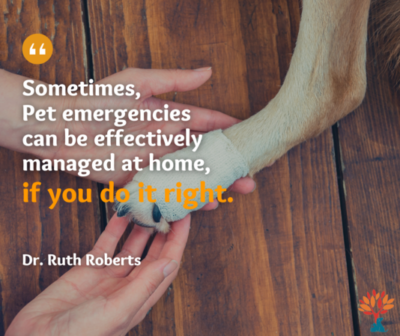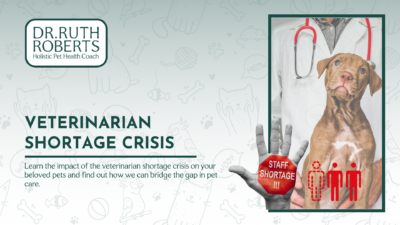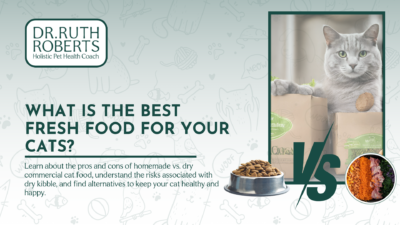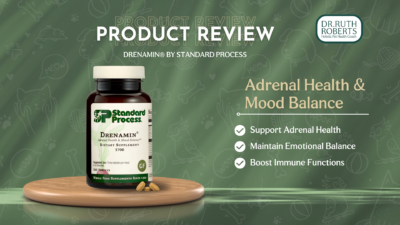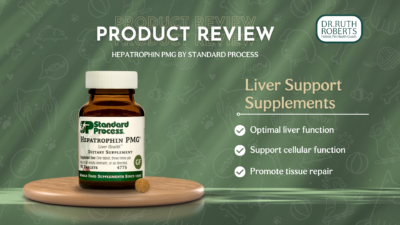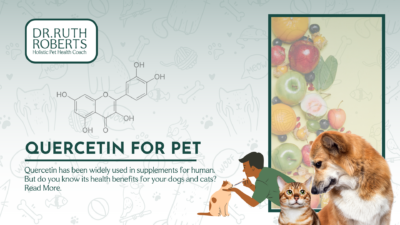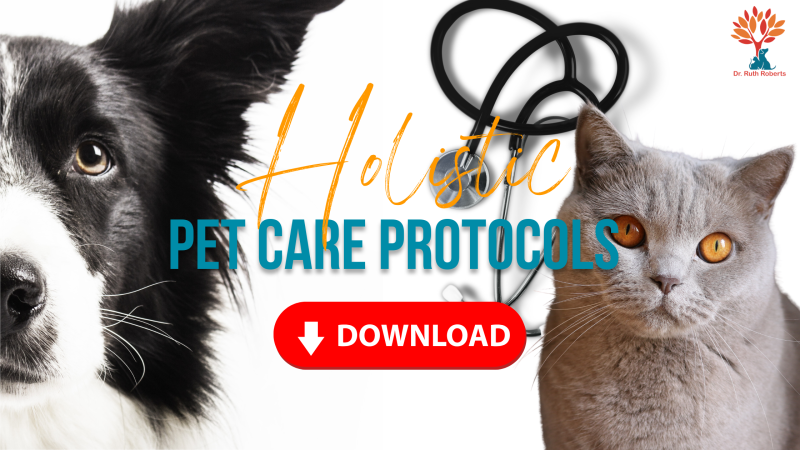Houseplants and Pets: How Do I Know What's Safe?

What is the most poisonous plant to dogs and cats?
Houseplants are beneficial to your health in addition to their aesthetic value. Why? They do the exact reverse of what we do when we breathe: they release oxygen while absorbing carbon dioxide. This not only cleans the air but also removes hazardous contaminants. Let us learn the importance of houseplants and what are the poisonous plants for pets.
House plants have been shown in studies to improve concentration and productivity (by up to 15%), reduce stress, and improve mood.
Cats and dogs devour houseplants for a variety of reasons. Some say it is to soothe an upset stomach or to aid in the digestion of hairballs, while others feel it is to correct a nutritional deficiency. During play sessions, cats and dogs may even gnaw on houseplants, attacking waving fronds as if they were a toy.
It’s tough to keep a houseplant away from a chewing pet, therefore we have to be sure that any plants we grow in the house are safe and non-toxic to cats and dogs. With the exception of foods like cat grass, it’s best to keep valuable houseplants out of reach of pets if at all possible, but the plants listed here are non-toxic to cats and dogs, according to the American Society for the Prevention of Cruelty to Animals (ASPCA).
Although knowing which houseplants are safe for cats and dogs is beneficial, it is crucial to be aware of which houseplants are detrimental to them. Spending some time researching which plants are best suited for each space and what kind of atmosphere can help you construct your own green haven.
Let’s start with the plants that are safe for both cats and dogs and here are a few suggestions:
1. Spider Plant
Spider plants are simple to grow, but they require a lot of light to thrive. They just need to be watered once or twice a month, and they can also be cultivated in hanging baskets without any soil. Due of its numerous advantages, growing them not only beautifies but also cleans your home.
Indoor airborne contaminants such as formaldehyde, benzene, and other harmful gases are removed by spider plants, which are helpful for air cleaning. Other advantages include ozone absorption, humidification, home décor, and food use.
The spider plant is safe for cats and dogs and may thrive in a variety of light, moisture, and soil conditions.

2. Areca Palm
Dypsis lutescens, sometimes known as the butterfly palm, transform any space into a tropical oasis. Areca palms have numerous advantages, like being one of the greatest tropical foliage plants, being easy to grow, and purifying the indoor air.
If you’re going to keep the plant indoors, make sure it gets plenty of bright indirect light.
Direct, intense sunlight should be avoided because it can burn the plant. Keep the soil slightly moist because it is a tropical plant. Avoid growing it in a huge pot and prune it to keep it at a manageable size.
Sometimes, a cat’s playful swatting and biting impulses can be triggered by palm fronds, so it’s reassuring to know that the areca palm isn’t harmful to cats or dogs.
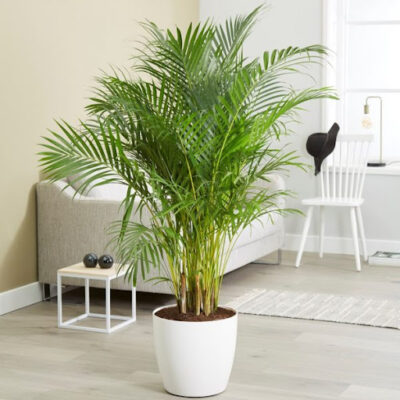
3. Polka Dot Plant
The Hypoestes Phyllostachya is also rather easy to grow, making it an excellent addition to your house. They grow at a modest rate and are best planted in the spring.
This Polka Dot plant care guide will lead you through all of the actions you’ll need to do t ensure that this lovely plant thrives and provides you with all of its wonderful benefits.

4. Baby Tears
Soleirolia soleirolii (Baby’s Tears), a plant that resembles a luxuriant carpet, is pet-safe and extremely easy to grow.
Little white blooms will blossom when it is in bloom, adding even more complexity. These plants flourish in terrariums, hanging planters, and window sill planters.
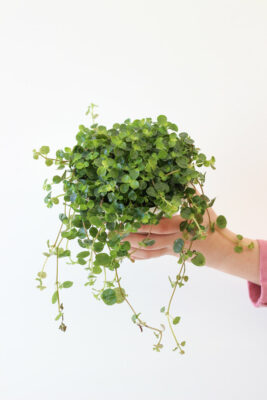
5. Gloxinia
Gloxinia (Sinningia speciosa) is an indoor plant with enormous pink-colored flowers that resemble African Violet bell-shaped blossoms. These attractive plants make a lovely centerpiece for any meal or even on a window sill near a shadier window.
Despite the fact that Gloxinias are easy to care for and will regrow after flowering, most people reject them after the first bloom because their vibrant color never returns. The only things this plant needs to stay healthy are indirect sunshine and moist soil. And don’t worry, if your pets get their paws on one of these vibrant plants, they’ll be fine.
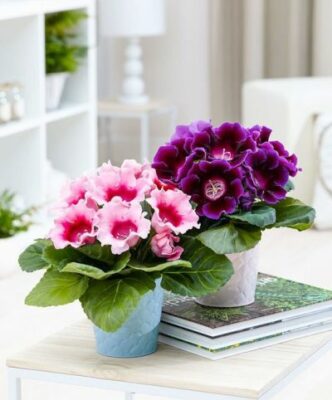
6. African Violet
Because of its vivid violet-colored blossoms, the African Violet is a well-known indoor plant. Despite the fact that they are native to East Africa, these plants are commonly utilized as indoor decorations all over the world.
Because they need bright light to thrive, it’s ideal to keep your African Violet near a sunny window. If that isn’t practicable, fluorescent lighting can be used to complement. When the soil is less damp, but not dry, water this plant with lukewarm water at its base (yeah, it’s a little finicky).
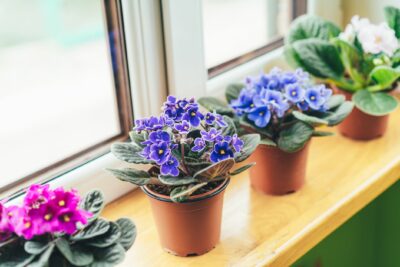
7. Basil
These lush plants, also known as Ocimum Basilicum in the scientific community, look lovely on shelves or near windows. Basil is not only safe for your pets to wear, but it is also nutritious for them to ingest in little amounts. This brilliant green herb is high in antioxidants, which are good for a dog’s metabolism and lower the risk of many fatal diseases like cancer. These plants will grow in your home as long as you don’t overwater them and give them a decent amount of sunlight.
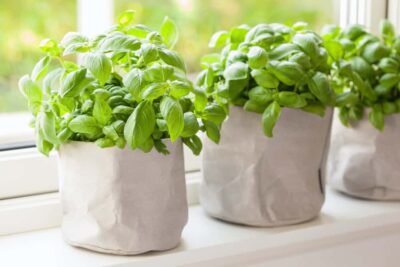
8. Boston Fern
If you’re looking for a safe, pet-friendly indoor plant, Boston ferns are another alternative. Cats enjoy chewing on these plants, which are completely safe for your feline companions. The luxuriant arching fronds of this popular houseplant will add a splash of green color to any space. The Boston fern is easy to care for and may be used in a variety of settings, including pedestals, window sills, and even hanging baskets. Simply keep the soil moist and the plant away from bright windows for the best results. Soon, you’ll have a lovely plant that your cats and dogs will appreciate as well.
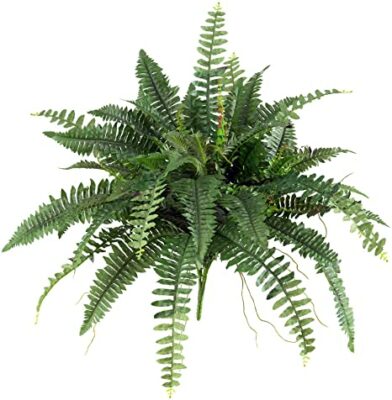
9. Haworthia
There’s no need to spend money on a fake succulent from the hobby store; haworthia is the real deal, and it’s almost as easy to care for as the fake. Place your haworthia in direct sunlight and water it once a week. All members of the broad Haworthia genus are safe for cats and dogs, unlike similar-looking aloe plants.
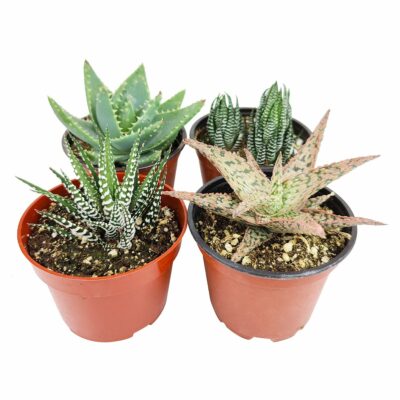
10. Orchid
You can safely add orchids (Orchidaceae) to your list of pet-safe plants if you have a passion for them. When the days are short in the winter, many orchids bloom for weeks, flourishing in partial light and root-bound conditions.
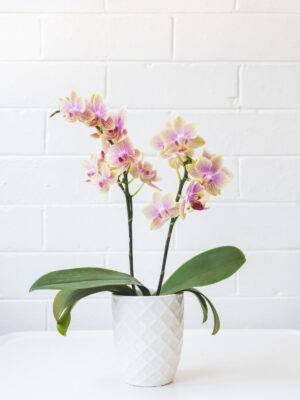
11. Wheatgrass
Why is wheat grass beneficial to pets? Wheat grass is high in chlorophyll, carotene, antioxidant vitamins and minerals, and other nutrients that promote healthy blood and muscle tissue growth. Wheat grass is a healthy alternative to possibly dangerous houseplants and chemically treated grasses outside. According to the American Society for the Prevention of Cruelty to Animals (ASPCA), cats are capable of eating modest amounts of plants or grass, with one in every three housecats doing so on a regular basis.
This nutrient-dense leafy green adds fiber to the diet, which aids with digestion. Wheat grass is a popular nutritional supplement for cats, dogs, birds, reptiles, and other small animals.
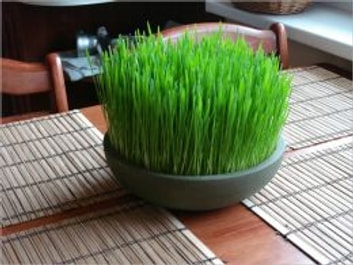
12. Catnip
Why are cats so fond of catnip?
Nepetalactone, a natural chemical found in catnip, causes a euphoric, mood-enhancing response in the brain. Catnip encourages most cats to exercise. According to studies, a tiny number of cats may not react to catnip because they lack an inherent “catnip gene.” The catnip gene becomes active when a kitten is around 6 to 8 weeks old, but most cats benefit the most from catnip when they are 9 months old.
Is catnip harmful to cats?
No. According to experts, catnip is not poisonous or addictive at any level. Because nepetalactone, the natural ingredient contained in catnip that causes euphoria and/or increased activity, never reaches the bloodstream, so there is no risk to your pet.

There are also other plants/vegetables that you can grow and can include in your pet's diet.
You won’t have to worry about questionable ingredients or processed foods when you feed your cat or dog homemade, nutritional food.
You can improve your pet’s level of care by growing some of the veggies contained in The Original CrockPET Diet® while you’re delivering nutritious meals with store-bought items.
You can avoid the harmful pesticides and fertilizers present in many store-bought veggies by growing your own food.
Imagine watching your crockpot boil while knowing that part of the vegetables was grown by you. (Not to mention the fact that you’ll get to eat some of the vegetables!)
Of course, we’re not suggesting that your dog or cat start eating all of these plants. While it’s possible that your pet’s stomach will struggle to digest these plants, you can rest confident that your pet will not be poisoned. Oh, and stay away from hazardous fertilizers; there are plenty of pet-friendly alternatives.
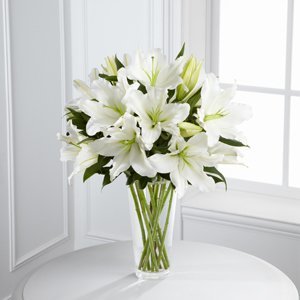
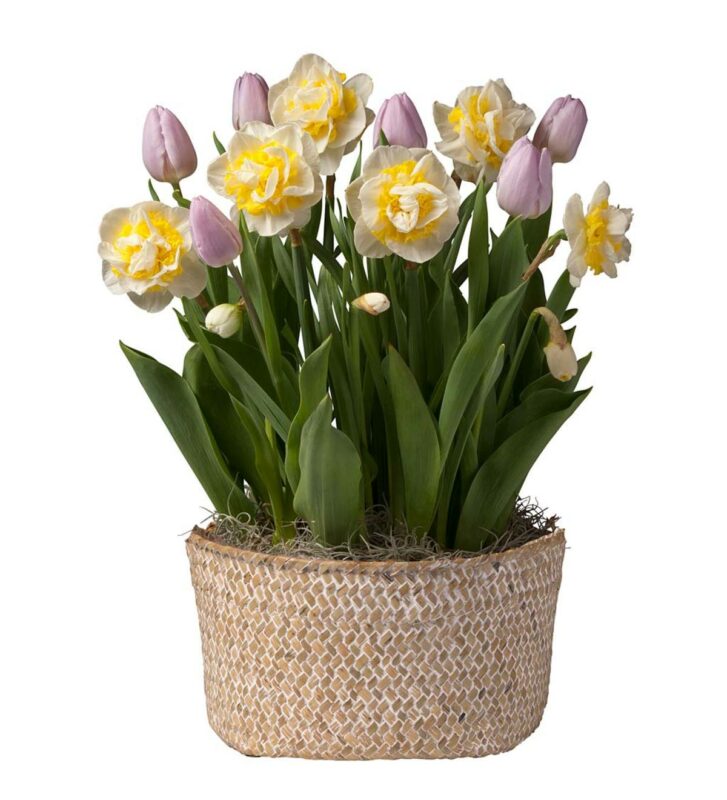

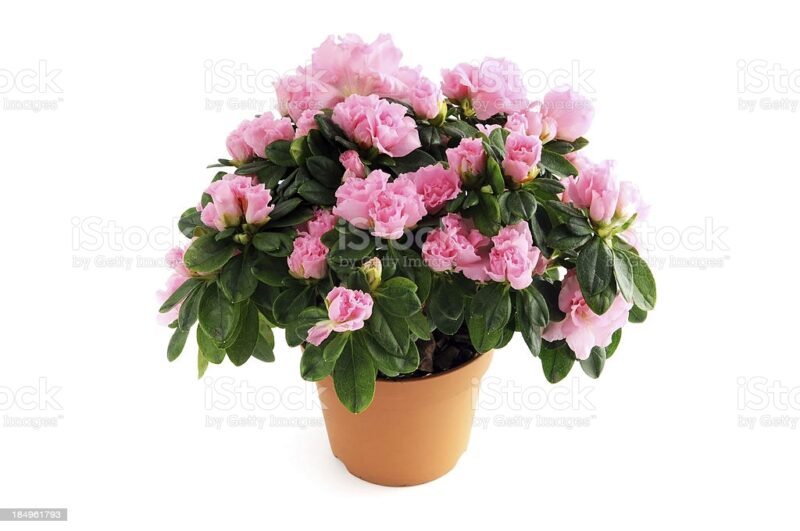

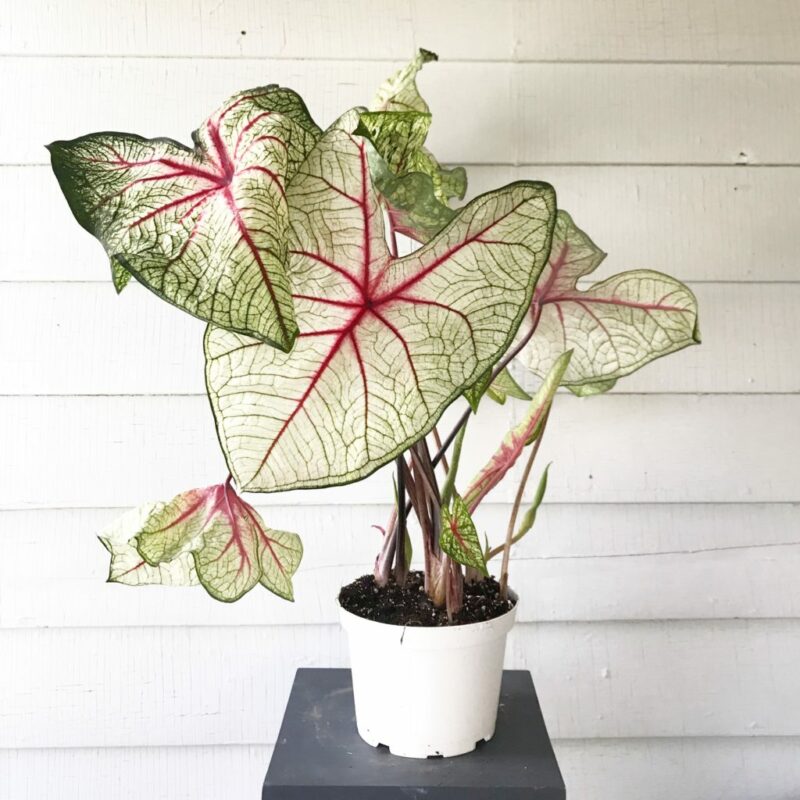
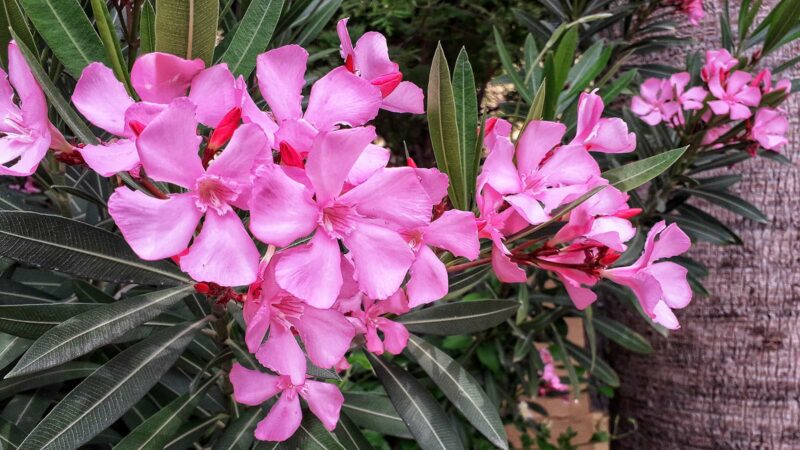
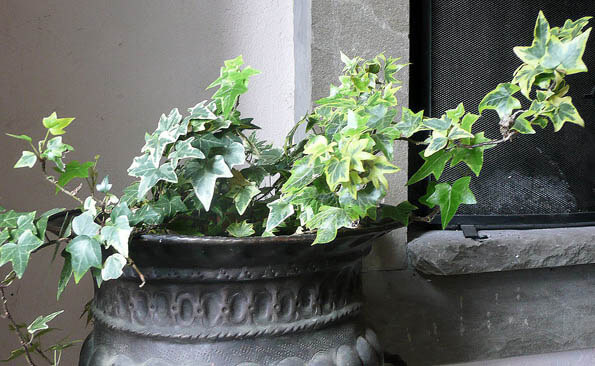
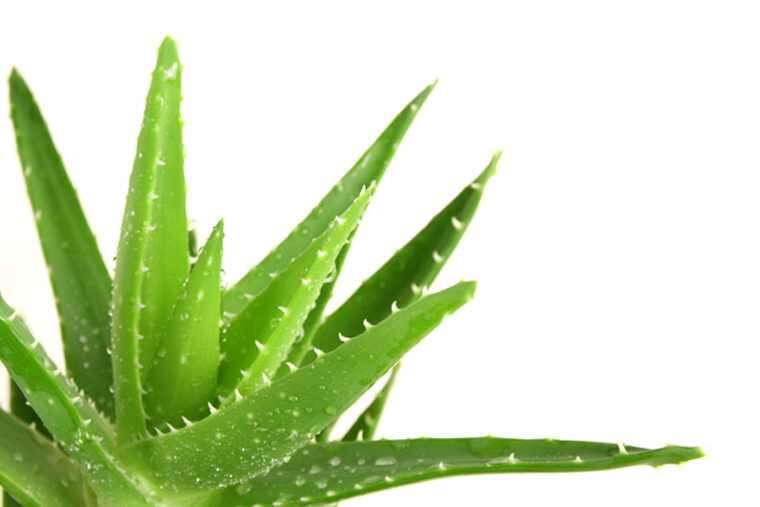
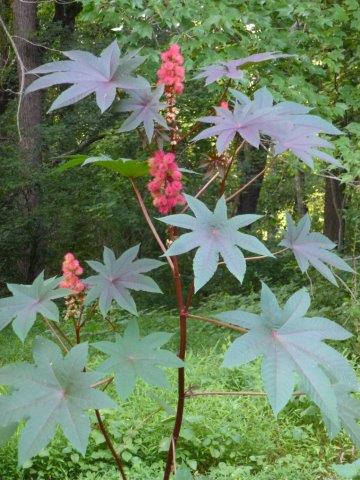
Do you know what is the most poisonous plants to cats and dogs? The Animal Poison Control Center of the American Society for the Prevention of Cruelty to Animals describes what they are and what they can accomplish. Patients, adopters, and the general public should all be aware of this possibly lifesaving information.
What are the most common indoor poisonous plants for pets:
Lilies
Lilium spp. are members of the Lilium genus. Cats are particularly hazardous to members of the family. The plant can cause significant kidney damage even if only a small amount is consumed.
Caladium/Elephant Ear
Aloe Vera
While Aloe Vera is beneficial to people because of its skin-smoothing effects, it is harmful to dogs. The leaves contain a form of gel component that isn’t hazardous to your dog if eaten, but the rest of the plant can cause digestive problems in dogs.
Sago Palm
Cycas Revoluta is dangerous in all parts, but the seeds or “nuts” carry the most venom. Ingesting just one or two seeds can cause major side effects including vomiting, diarrhea, depression, seizures, and liver failure. Absolutely NOT a plant to have near any pet – I saw it kill too many dogs.
Tulip/Narcissus Bulbs
Tulipa and Narcissus spp. bulb parts contain chemicals that can induce severe gastrointestinal discomfort, drooling, weight loss, central nervous system depression, seizures, and heart problems.
Azalea/Rhododendron
Rhododenron spp. are members of the Rhododenron genus. Grayantoxins are toxic chemicals that can cause vomiting, drooling, diarrhea, weakness, and central nervous system depression in animals. A coma and death from circulatory collapse could result from severe azalea poisoning.
Oleander
All portions of Nerium oleander are toxic because they contain cardiac glycosides, which can induce major side effects such as gastrointestinal discomfort, aberrant heart function, hypothermia, and even death.
Snake plant
Are snake plants toxic to dogs and cats?
Ivy (Hedera Helix)
We’ve all heard about Poison Ivy, but even normal Ivy, despite its beauty, can be hazardous to a dog. If a dog eats the plant, it may get a rash and/or respiratory problems, but things can quickly escalate because Ivy can also cause a coma or paralysis.
Dumb Cane (Dieffenbachia)
Dieffenbachia is harmful to both dogs and cats and is also known as Dumb Cane, Exotica, or Tropic Snow. The chemicals in this plant can cause mouth and tongue burning and swelling, as well as trouble swallowing, vomiting, and excessive salivation. In some cases, it can cause breathing difficulties and even death.
Although houseplants can add color and life to a room, People often do their research first to know what plants are poisonous to cats and dogs.
Because many of these plants go by many names, it’s important for all pet owners to become acquainted with them. It’s also a good idea to keep a first-aid kit on hand for your pet in case of an accident.
These plants are toxic to cats and dogs because of their toxic compound.
You can sign up and download Dr. Ruth Roberts’s free guide on When Not To Go To The E.R. Vet. In worst cases, you would know the considerations and what you can do at home when things go out of hand.
The plants do brighten up our room but our pet’s safety matters the most! Cheers to a happy and pet-safety planting!

